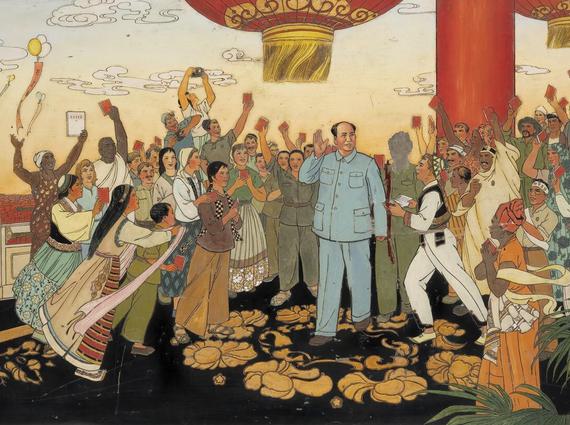
Materialising the Cold War
Three decades since the fall of the Berlin Wall, our collaborative project explored how the Cold War is represented in museums.
Last updated: 19 November 2024
About the project
The Cold War was about dreams and nightmares: dreams for a better world and nightmares of catastrophic destruction. It was a global conflict that began in the wake of the Second World War and ended with the peaceful revolutions of 1989-90 and the collapse of the Soviet Union in 1991.
The Cold War was fought as contest over a way of life as much as it was an armed confrontation. It combined the ideological contest between capitalist liberal democracies and communist dictatorships with unprecedented levels of armaments and military conflicts worldwide. As such, the Cold War had a significant impact on society and culture.
For most, the Cold War was a war in name only – and yet its manifestations are everywhere from nuclear bunkers, weapons installations, radars and airfields, to protest movements like the Campaign for Nuclear Disarmament, to folk songs, cartoons and images or the design of telephones and razors.
How can we exhibit the dreams and nightmares of the Cold War through material objects? How can the Cold War be exhibited as a whole without focusing on any one element? How relevant is Cold War history and memory today?
Lead image: The Socialist Peoples of Asia, Africa and Latin America love Chairman Mao, lacquer plaque, Yangzhou, China, 1968.
- Project title
Materialising the Cold War
- Project active
2021 - 2024
- Research theme
Scotland's Material Heritage
Conference Cold War Museology: How museums shape our understanding of the Cold War
In June 2023, in the National Museum of Scotland, over 60 participants from historical, heritage and memory studies backgrounds explored the challenges of conceptualising the Cold War in a museum context.
Read Dr Jessica Douthwaite's reflections on the conference on the Materialising the Cold War blog.
Contributors
Dr Sam Alberti is Director of Collections at National Museums Scotland, and an Honorary Professor in Heritage Studies at the University of Stirling. For twenty years he has worked at the intersection of museums and universities, first in Manchester, then as Director of Museums and Archives at the Royal College of Surgeons of England (including the Hunterian Museum), while holding visiting research appointments in London, Philadelphia, and Edinburgh. His recent practice has focussed on the role of museums in the climate emergency and Cold War museology.
Professor Holger Nehring is Chair of Contemporary European History at the University of Stirling. He has worked on the history of social movements (especially peace movements) and the history of the Cold War (especially Cold War military infrastructure) and British and West German foreign policy. Together with Stefan Berger (University of Bochum, Germany) he co-edits the book series Palgrave Studies in the History of Social Movements. Before coming to Scotland, Holger completed his DPhil at the University of Oxford as a Rhodes Scholar before moving to various academic positions at the University of Sheffield.
Dr Jessica Douthwaite was a Postdoctoral Research Fellow at the University of Stirling working on the collaboration with National Museums Scotland, Materialising the Cold War. Her Collaborative Doctoral Partnership PhD based at IWM, London and University of Strathclyde was titled Voices of the Cold War in Britain, 1945-1962 and awarded in 2018. She is currently writing a monograph which explores how the national and international landscapes of post-war Britain contextualised and influenced civilian experiences of Cold War security. She specialises in oral history methodology, gender and cultural studies and international politics.
Dr Sarah Harper was a Research Fellow at National Museums Scotland and Honorary Research Fellow at the University of Stirling working on the Materialising the Cold War project. She completed an AHRC Collaborative Doctoral Partnership PhD in 2022. She worked with the University of Stirling and National Museums Scotland (NMS) on her project ‘Bombers, Bunkers and Badges: The Cold War Materialised in National Museums Scotland.’ This research utilised the collections of NMS to examine how ‘Cold War’ meanings have become attached to artefacts in the museum and how influential people and place are in ascribing these meanings. Prior to her PhD, Sarah was Collections and Research Manager at The Devil’s Porridge Museum and has a master's degree in Preventive Conservation.
Dr Jim Gledhill was a Research Fellow at National Museums Scotland and Honorary Research Fellow at the University of Stirling working on the Materialising the Cold War project between 2021–2023. He was previously curator of social history at the Museum of London and York Castle Museum and more recently curator of the Royal Scots Dragoon Guards Museum at Edinburgh Castle. He specialises in contemporary British social and military history, international politics and heritage studies.
Linden Williamson was the project's Administrator at National Museums Scotland.
Publications
Samuel J.M.M. Alberti & Holger Nehring (2021): The Cold War in European museums – filling the ‘empty battlefield’. International Journal of Heritage Studies, DOI: 10.1080/13527258.2021.1954054
Jessica Douthwaite (2022): ‘Is Radioactive Iodine Present Equally in the Cream on Milk as in the Milk Itself?’: Lonely Sources and the Gendered history of Cold War Britain. Gender & History, https://doi.org/10.1111/1468-0424.12643
Holger Nehring (2022), War Times: Layers of History in Russia’s War against Ukraine. Labour History Review, https://doi.org/10.3828/lhr.2022.11
Douthwaite, Jessica, Samuel J. M. M. Alberti, Holger Nehring, eds (2024) Cold War Museology. London: Routledge, https://doi.org/10.4324/9781032690414
See also the Research Repository.
'Materialising the Cold War' was a collaboration between National Museums Scotland and the University of Stirling. The project explored how the Cold War, its global experience and heritage are described in museums and how museums can adapt to tell this story in future. The research evaluated existing displays and collections together with key partners in the UK, in Germany and in Norway, and contributed to a new groundbreaking exhibition at the National Museum of Scotland.
Funded by a major grant from the Arts and Humanities Research Council, the three-year project left a legacy of ideas and practices developed through academic research, events, a schools programme, a major exhibition and publications.
Stories from Cold War Hotspots
It has been over 30 years since the Cold War ended with the dismantling of the Berlin Wall and the breakup of the Soviet Union, and the time has gone from "is" to "was" – an historical period to look back on. Many people are still alive who remember it vividly, but some may not have heard about it at all.
Stories from Cold War Hotspots aimed to collect stories, memories, and perceptions of the Cold War from our visitors. Between 26 July to 13 August 2023, visitors to the National Museum of Flight recorded their own Cold War story in a Cold War Hotspots recording booth.
The Cold War in Museums: a Toolkit for Professionals and Volunteers
Reflecting on insights from museum professionals and our research from the 'Materialising the Cold War' project, we have created the 'Cold War in Museums' toolkit. Designed as an informative guide for museum and heritage professionals, as well as volunteers, the toolkit offers advice on collecting, interpreting, and displaying Cold War history.
We encourage users to view their collections through a Cold War lens, providing practical advice on addressing this complex history. Whether colleagues have previous experience with Cold War objects or are discovering potential connections within their collections, we hope this toolkit will inspire fresh ideas and new perspectives on presenting this era.
The toolkit includes step by step guidance for identifying Cold War objects and assessing their Cold War connections, offers strategies for addressing collections gaps, and makes recommendations on how to convey this multi-dimensional story in a way that resonates with diverse audiences.
Our five case studies are drawn from curators from across the UK which demonstrate best practise and lessons learnt through their experiences engaging with Cold War heritage. We hope this toolkit inspires and promotes further discussions around the Cold War in the museums.
Downloads List
Supported by
Materialising the Cold War film series
- Discover
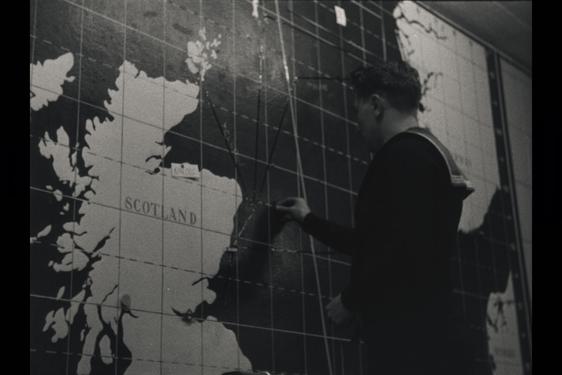
How Scotland became a Cold War Battleground
After the Second World War, Western and Soviet tension increased over plans for Germany. Western allies looked for collective security, and in April 1949 the North Atlantic Treaty organisation (NATO) was created. Scotland had huge… - Discover
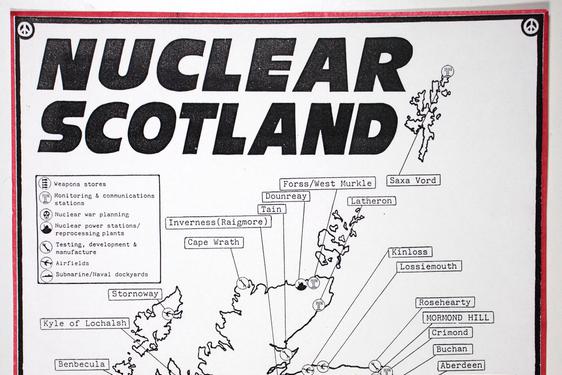
Nuclear Scotland during the Cold War
Nuclear power and nuclear weapons dominated the Scottish landscape, and people’s minds, during the Cold War. In 1959, Chapelcross, in Annan in southwest Scotland, became one of the first civil-military nuclear power stations in the world.… - Discover
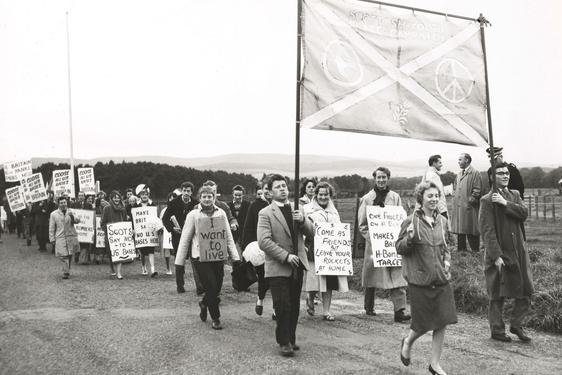
The Cold War and Scottish society
Cold War ideologies and cultures had a direct impact on Scottish society. Scotland was the site for cultural and political exchange from both sides of the Cold War across the 20th century. Politicians from both sides represented their…
You might like
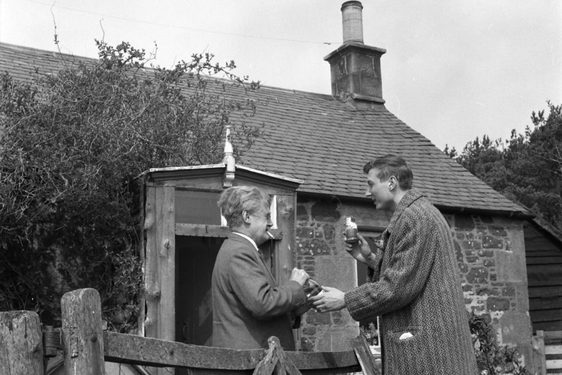
Breaking the Ice: When Hugh MacDiarmid met Yevgeny Yevtushenko
Jim Gledhill recounts Hugh MacDiarmid and Yevgeny Yevtushenko's unusual meeting in the Scottish Borders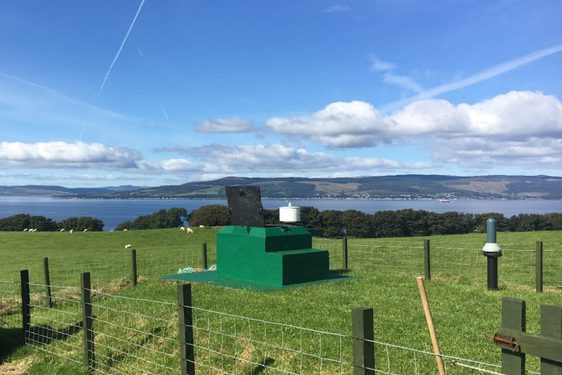
‘Forewarned is Forearmed: Inside the Hidden World of the Royal Observer Corps
Sarah Harper looks back at the important work of the Royal Observer Corps
